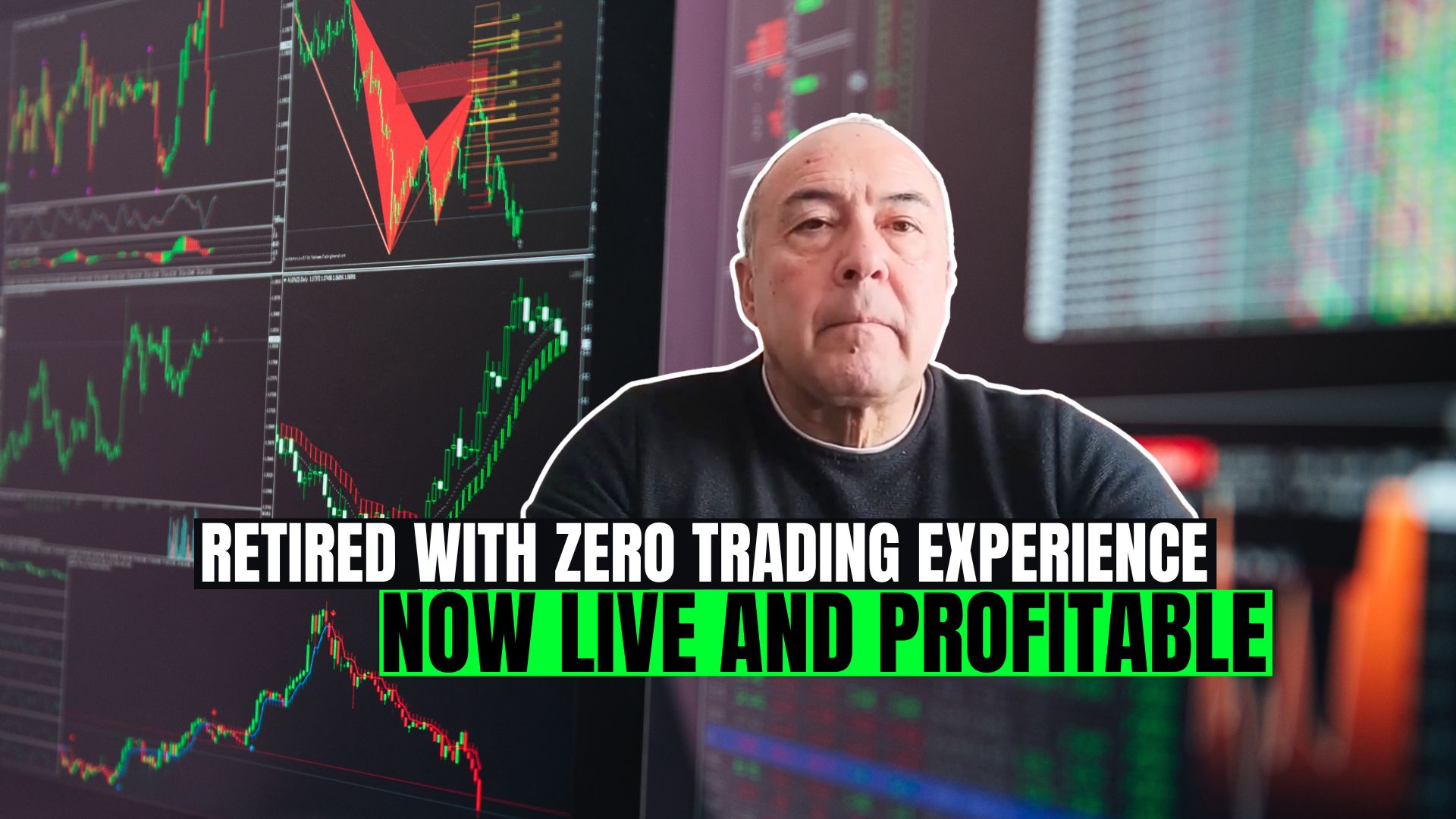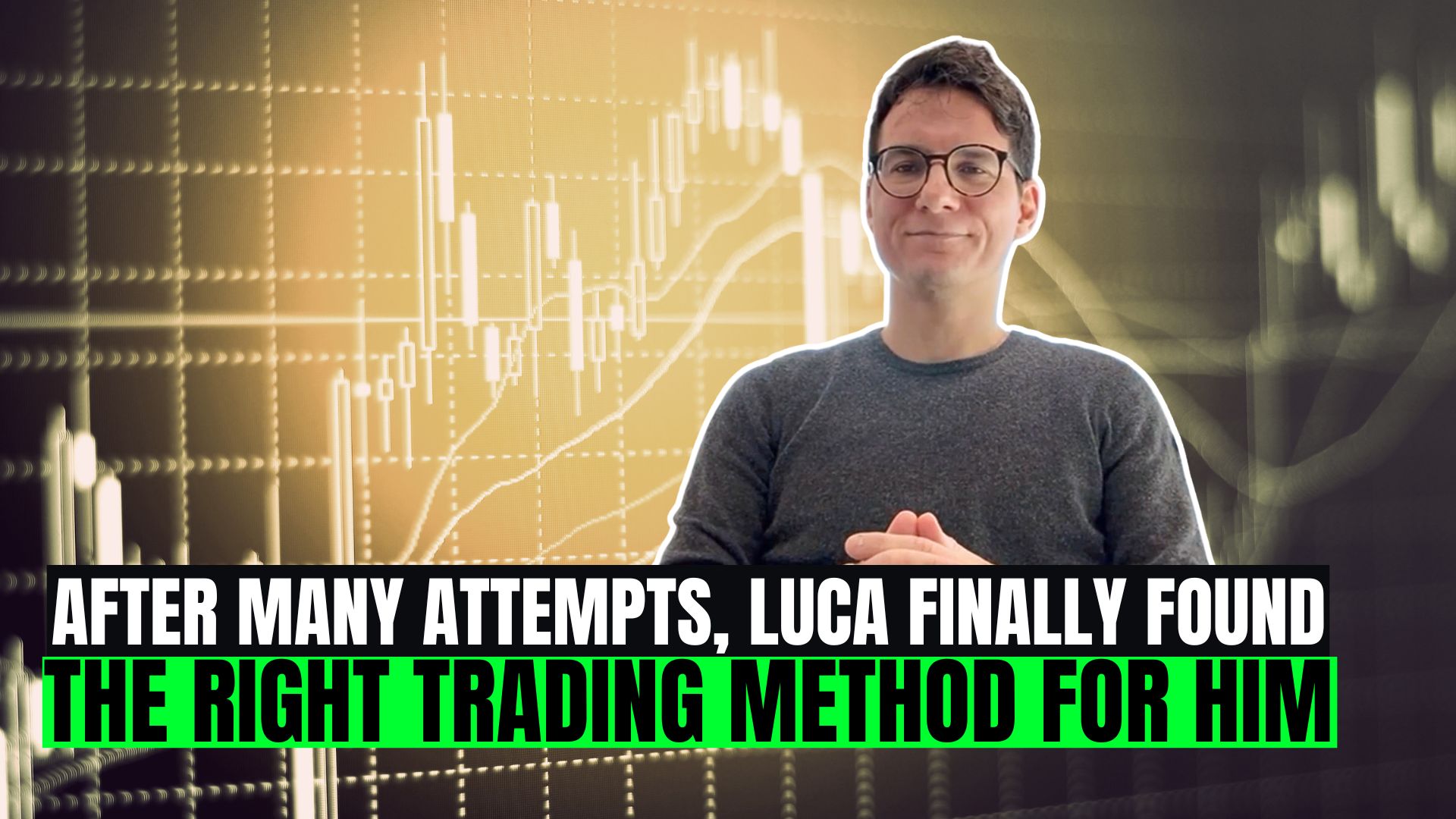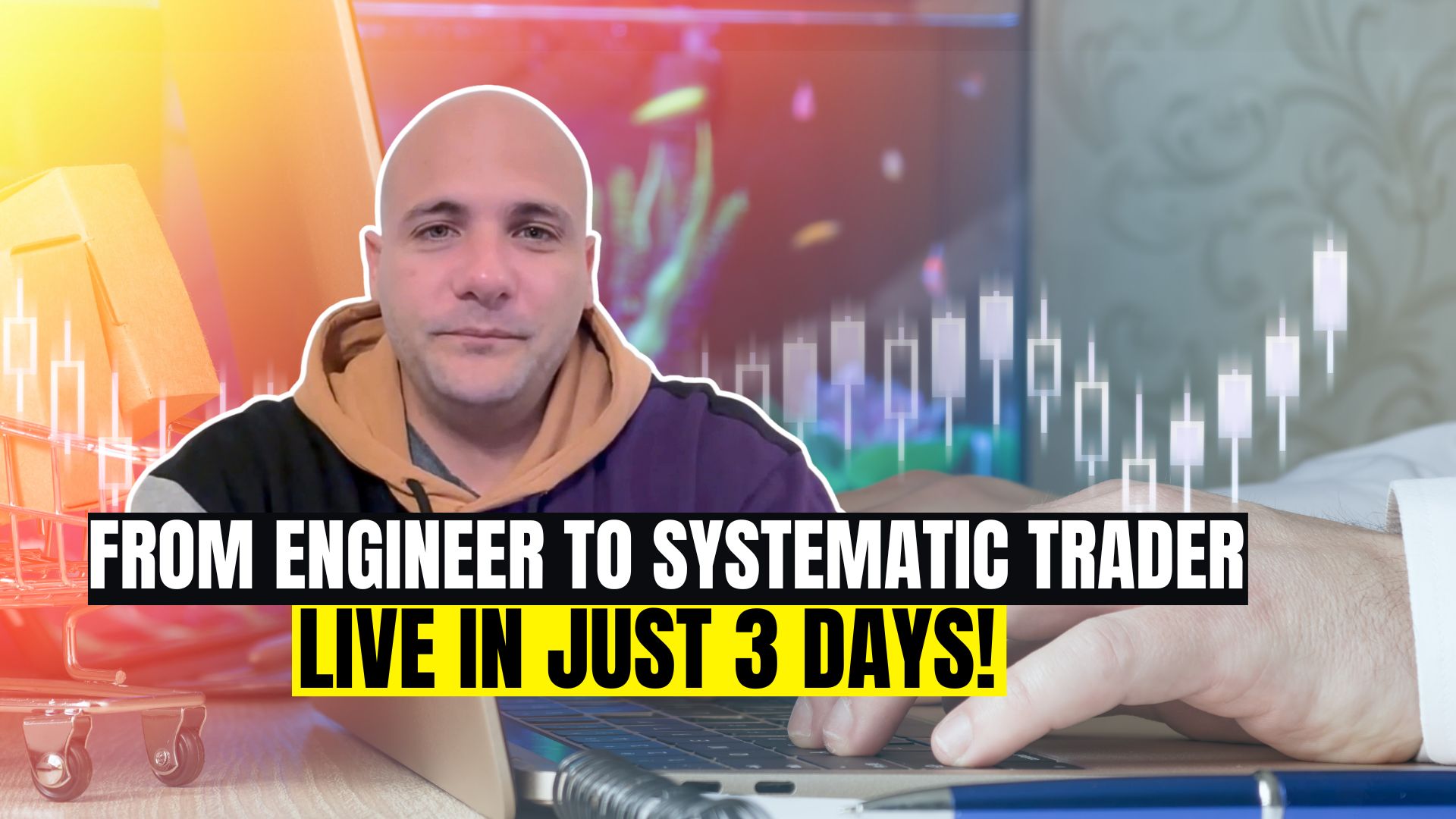Introduction
Hello and welcome to this brand-new video! One of the coaches at Unger Academy here, and today we we’ll look in detail at the results of our Strategy of the Month contest for the month of January.
We’ll find out which strategy won and other strategies you sent us that are also worth mentioning.
Indeed, you have sent us so many excellent strategies again this month!
In fact, this is the month in which you have sent us the most entries since the start of the contest. So we are happy, also because these are well-crafted strategies that prove that the Unger Method works and is also easy to transfer.
As we always do, we will give you operational insights by analyzing these strategies and discussing their performance in detail.
I also remind you that the Strategy of the Month contest is the monthly contest in which the Academy rewards the best strategies developed by our students using the Unger Method.
And by the way, there’s big news: to celebrate the beginning of our tenth year of business , we have decided to double all the prizes to be awarded.
So, from January to June 2024, the prizes for our contests will increase from €1.000 to up to €2.000 in the form of Amazon vouchers.
I would also like to remind you that if you want to get the code of the winning strategies in an open-source format, you can sign up for the Unger Strategy Club. This is the latest service that we’ve launched, which provides you with the codes of the winning strategy of this contest as well as of those of the past months, gives you access to one monthly live masterclass with our coaches, where you can get advanced training, and to a monthly video with new trading ideas, where we analyze our portfolio strategies to give you more ideas for developing new strategies.
Now, having said that, I’d say we are good to go. So let’s start and go straight to MultiCharts to look at this month’s strategies.
Breakout Strategy for Corn Futures
Let’s start immediately with the first strategy I want to show you today. It’s this strategy developed by Alessandro on Corn, namely, Corn Futures.
It’s an instrument many traders don’t use very often, partly because it isn’t a very easy market to find strategies that work well.
In particular, we often say it’s necessary to develop multiday strategies because the average trade you can achieve trading this market isn’t so high, perhaps also because the session is more limited compared to other instruments.
So, let’s say it’s a bit more of a challenging instrument. Kudos to Alessandro for coming up with this great strategy!
It’s a breakout type strategy based on the highs and lows of the last two sessions, so the current session and the previous session, and entering in favor of the trend at those levels, so on their breakout.
Trades can only be opened within a specific time window that starts in the morning. Moreover, trades can last for a maximum of four days.
Let’s look at the Performance Report to understand the performance better.
Here, we see the equity line with the close-to-close drawdown, so the drawdown of close trades, which it’s pretty limited.
We’re seeing, in particular, that the equity trend is pretty even. It’s an outstanding equity.
And as we said, the average trade, which is the most critical parameter, reaches up to $108 in this case. That may seem like a low value, but it’s perfect for this instrument.
Let’s also look at the annual performance of this strategy: excellent, always positive, and definitely consistent, so, good job, Alessandro. Congratulations, keep up the superb work!
Trend-following Strategy for Mini S&P 500
Now let’s move on to the second strategy I want to show you today. It’s a strategy developed by Roberto for the Mini SP 500.
A strategy that is based on the stochastic indicator. So, it uses the indicator as an entry signal.
He used it effectively because he changed the parameters a little bit and managed to get excellent results because, as we also see here, an equity curve of this kind is quite rare to see, as it’s really very good.
It’s a strategy that trades a lot. It stays in the market about 60% of the time and makes a lot of trades, although it’s still filtered through some patterns.
So, the average trade isn’t very high. It averages around $140. However, that’s more than acceptable.
You can see that it’s doing over 2430 in total.
The long trades can also be multiday, while the short trades are only intraday.
This limitation makes sense precisely because stock indexes are known to have an upward underlying movement, and there may only be limited periods when sudden declines can occur, so this distinction can certainly make sense.
The annual results, as you see, are excellent. As we said, the strategy makes a lot of trades per year, but still with excellent results.
So, kudos also to Roberto for this second strategy.
Winner: Natural Gas Breakout Strategy
And finally, we come to the winning strategy of the January contest, namely the strategy of Alessio, who coded a strategy on Natural Gas within a 15-minute timeframe.
It’s an instrument that’s also not easy to trade systematically, because it isn’t easy to find something that works well on it.
It’s a slightly more nervous instrument, shall we say, than others. So Roberto has done an excellent job because he has developed a straightforward but very effective strategy.
It’s a script with just a few lines and is essentially a breakout strategy, using the highs and lows of the current weekly session as entry levels.
So the strategy looks to see what highs and lows were reached during the week, and when they’re broken through, it enters the market long on the upside or short on the downside.
For exits, we have an appropriately proportionate stop loss and take profit.
There’s also a time exit, so, as you see in these cases, the trades end with a maximum duration of about two sessions, slightly less.
As I said, this is a straightforward code developed with symmetric filters, so using symmetric patterns, which is always a good rule of thumb when it comes to commodities.
Let’s now look at the Performance Report to evaluate the results numerically.
We see an excellent average trade of about $172, which is pretty good considering also that it’s still making many trades. We are talking about 1000 trades from 2010 to today.
It’s an exciting equity that has been steadily rising without any major jolts.
Indeed, we see that the drawdown has relatively low peaks, which is also confirmed somewhat by the overall metrics.
Since 2010, we have made $168,000, with a drawdown of about 11,000, so a Net profit to Drawdown ratio of about 15 which is really good.
So, essentially, a simple strategy with symmetrical patterns on a commodity and excellent numerical results outperformed all the fantastic strategies you sent us and managed to win our contest.
So, congratulations, first and foremost, to Alessio, but also to all the other participants.
Keep up the good work. You are doing a great job!
Conclusion
Well, I hope you found this video helpful. If your goal is to develop strategies like the ones we saw today, you have come to the right place.
While you are learning in the Academy, you can also enter the contest reserved exclusively for our students and win an Amazon voucher worth €2,000 each month.
Finally, I’d like to remind you that if you want to get the code of the winning strategy, you can join the Unger Strategy Club! Check out the contents of this service for yourself at ungerclub.com.
If you have any further questions or need more information, I invite you to click the link in the description. From there, you can watch a free presentation by Andrea Unger and also receive his best-selling book "The Unger Method" at home covering only the shipping costs.
Finally, you can also book a completely free call with a member of our team to get strategic advice.
Thank you all. That is it for today. See you next time with the next Unger Academy video!







